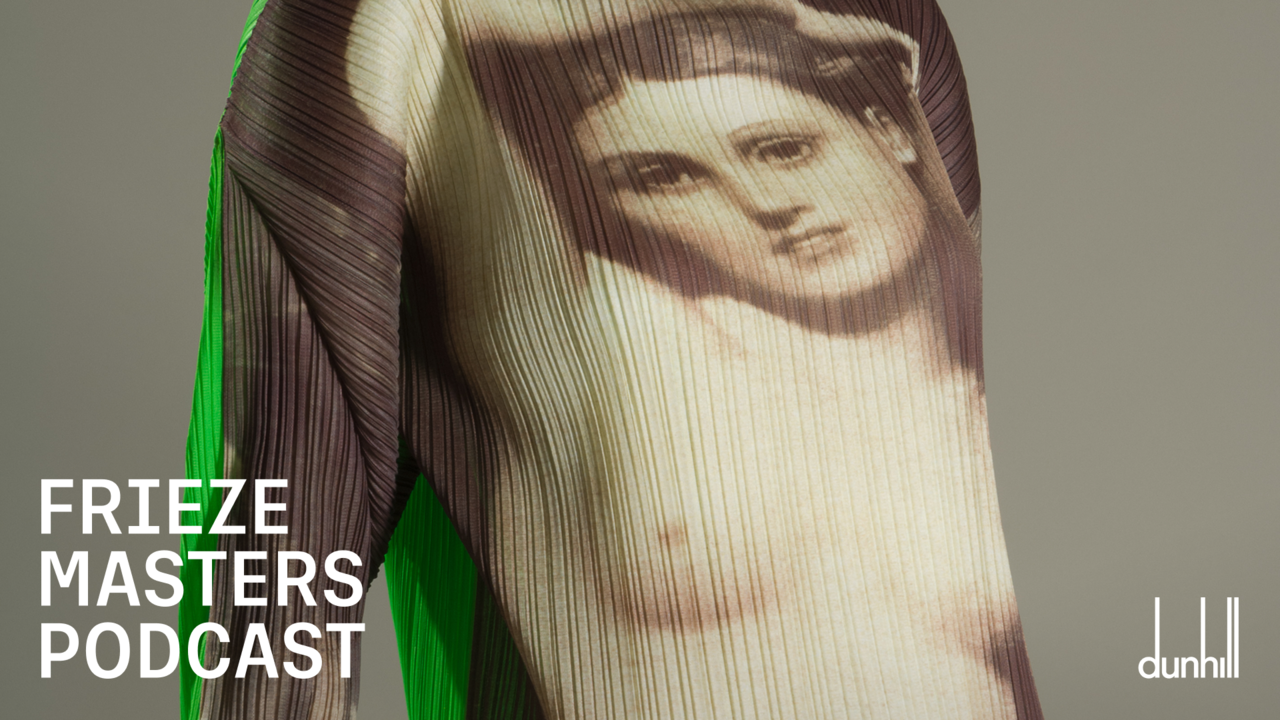Josef Strau
Secession Wien
Secession Wien

Josef Strau’s exhibition at the Vienna Secession A Turtle Dreaming (… Echoes from an Encapsulated Space Exiled Sounds of Letters Requiring Symphonic Treatment) focused on a particular animal – the turtle – to symbolize the romantic dreamer and propose a counter-model to the restless productivity of life as an artist. In the show, Strau himself seems to have adopted the role of the artist-dreamer. The press release described him as an ‘encapsulated observer’ who records his surroundings, situating this figure in the tradition of Fyodor Dostoevsky’s novella White Nights (1848) and its adaptation in Robert Bresson’s Four Nights of a Dreamer (1971).
Like so much of Strau’s work, the written word formed the building-block of the exhibition. Presented were ninety-one posters from earlier shows (originally free give-aways), typographically interrupted, condensed and obscured of content. These retrospective references were stuck straight onto walls throughout the Secession’s main space, itself partitioned by freestanding constructions. Strau’s texts follow a stream-of-consciousness logic: journal-like observations alternate with memories and philosophical digressions – some meaningless, some meaningful, with emptiness in between. Individual words catch the eye, others blend into the flow of text or are lost in small type sizes. Handwritten material consorts with lines and ornamental flourishes. Text becomes picture.
Over the text-posters hung mounted, unframed photographs of a snowy New York. Urban scenes, blue skies, tower blocks and melting snow. Instead of people, we see a fence whose geometrical structure is repeated on the text posters, ice floes on the Hudson River. As a kind of idler whose gaze wanders aimlessly, Strau strolls around the winter landscape of his adoptive New York. The specifically distanced attitude of the flâneur, who collects impressions like a consumer but does not interact, is reflected in these almost indifferent snapshots of urban scenes.

The subject matter of the photographs was echoed in the form of video footage presented in four walk-in installations whose walls are constructed in the shape of letters: a Latin H and J, the Hebrew Yod and the Cyrillic Ya. These installation-objects were made by Secession staff on the basis of dialogues by the artist – a direct expression of Strau’s privileging of social interaction over the artist’s ‘own’ production. According to the press release, these unwieldy and convoluted constructions made of plywood, metal grilles and sheets of pink polystyrene from the Secession’s depot were ‘introverted spaces meant for dreaming and withdrawal’ that acted as ‘another exercise in extemporaneous production’.
Before the exhibition, the musician Marina Rosenfeld had asked Strau to write a text for her new album. Via this dialog with Rosenfeld (and the artist-musician Stefan Tcherepnin) compositions by George Gershwin and Charles Ives ultimately found their way into the exhibition as part of the installations. A tortoise on a plinth, partly drawn on with marker pen, led back to the exhibition’s title. The show included a total of four tortoises (one per installation) – all damaged goods from the museum shop.
On the subject of the Cologne art scene of the late 1980s and early 1990s, Strau once wrote of a ‘non-productive attitude’ to describe the model of an artist who neither produces nor exhibits work. But this was intended less as a total rejection and more as a shift onto the social and societal (even textual) level, away from the notion of the artwork and the economic condition of art-as-product. Today, Strau is producing again, and having others produce for him. How-ever much this ‘art production’ is staged and exhibited in a detached way, it was hard to link it with the figure of the dreamer in this exhibition. As an artist, curator and author, Strau cultivates various roles that constantly recombine, touch on each other and over-lap. Collaborators are drawn in, individual elements come together to form a concept, language becomes text, merges into form and is ultimately covered over by pictures. Everything somehow belongs together, overloaded with references and media, which somehow creates a peculiar feeling of emptiness. Rather than the dreaming idler, ultimately, the exhibition actually showed the artist as something else: very busy.
Translated by Nicholas Grindell














